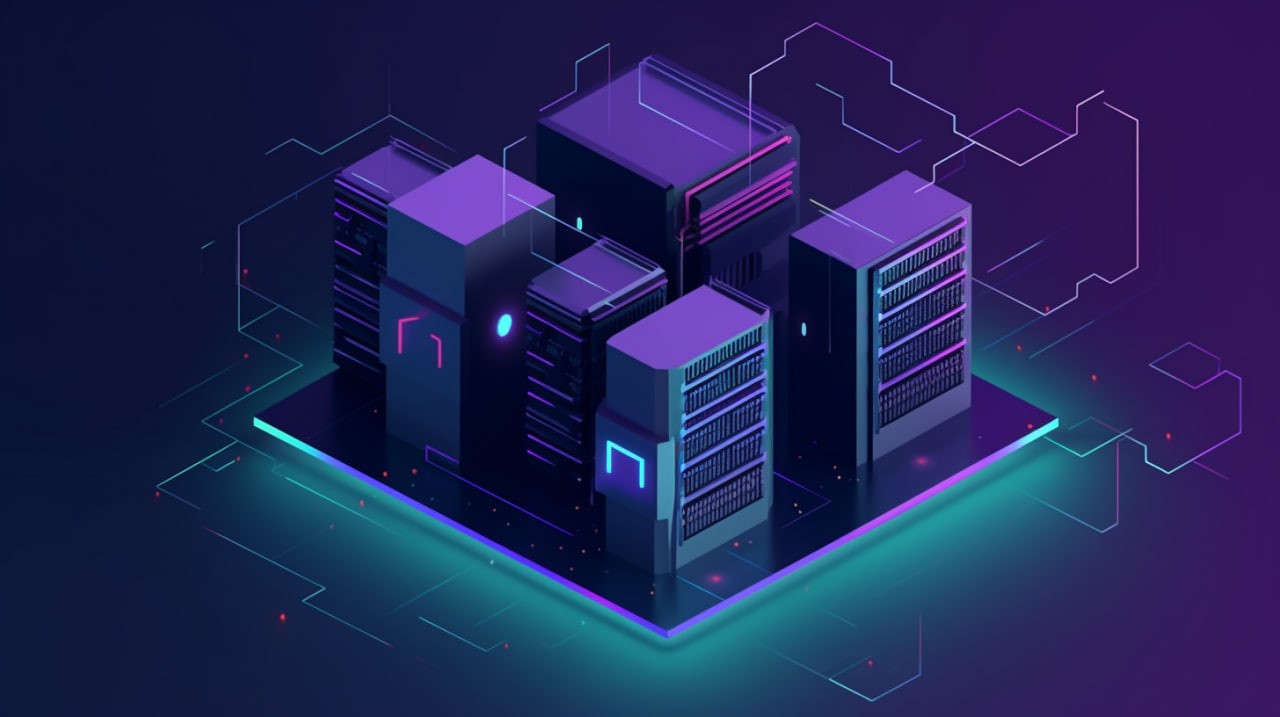How HashValue is Redefining the Profitability Model of Crypto Mining

In the rapidly evolving landscape of blockchain technology, a growing number of enterprises are redefining long-standing paradigms in decentralized systems. One of the most significant and overlooked aspects has been the profitability model of crypto mining. Traditionally dependent on volatile market dynamics, hardware performance, and electricity consumption, mining profitability has long been viewed as an unpredictable endeavor. However, HashValue is emerging as a powerful disruptor by introducing a fundamentally new framework focused on hashrate efficiency, sustainable operations, and a metrics-driven approach to mining ROI.
The Limitations of Traditional Crypto Mining Profitability
Mining has been the foundational layer of blockchain ecosystems such as Bitcoin and Ethereum (prior to its move to proof-of-stake). While lucrative for early adopters, the activity has become progressively less efficient. The core challenges include:
-
Volatile Crypto Prices: Revenue is closely tied to fluctuating coin values, making income streams unstable.
-
High Energy Consumption: Mining farms require substantial power, often sourced from non-renewable resources, attracting environmental criticism.
-
Outdated ROI Metrics: ROI assessments often rely on broad estimations rather than granular performance data, leading to suboptimal investment decisions.
-
Hardware Centralization: A few large players with access to industrial-grade ASICs dominate the market, increasing centralization and reducing competitiveness.
This legacy model has long required a reimagining—and this is where HashValue enters the picture.
HashValue’s Vision: Efficiency Over Raw Power
HashValue positions itself at the forefront of a new mining era by shifting focus from raw computational power to hashrate efficiency—the precise measure of output per energy and capital input. By emphasizing this metric, HashValue aims to offer miners a sustainable, predictable, and scalable path to profitability.
At the heart of this transformation is HashValue’s proprietary algorithmic framework that measures miner performance not only in hashes per second but in hashes per watt and hashes per dollar. These dual efficiency metrics help quantify the true cost-effectiveness of mining operations.
Key Innovations Driving HashValue’s Model
-
Algorithmic Optimization Engine
HashValue has developed a dynamic optimization engine that monitors and adjusts miner configurations in real time. This includes:
-
Adjusting hash rate outputs based on market signals.
-
Switching between chains for maximum ROI using multi-chain support.
-
Real-time energy usage audits for sustainable tuning.
-
-
Sustainable Mining Infrastructure
In response to growing environmental concerns, HashValue integrates energy-efficient hardware and solar-powered node clusters. It also incentivizes the use of renewable energy sources by offering efficiency bonuses through smart contracts.
-
Decentralized Mining Pools
Traditional pools concentrate hashing power and introduce single points of failure. HashValue’s decentralized pool architecture distributes both rewards and workloads fairly. It utilizes Web3 authentication, smart contract enforcement, and tokenized pool shares for complete transparency.
-
Predictive ROI Modeling
By leveraging AI and machine learning, HashValue offers miners detailed projections of future profitability based on energy prices, token trends, and global network difficulty. This predictive layer adds confidence to capital allocation decisions.
-
Mining-as-a-Service (MaaS)
To further lower the entry barrier, HashValue offers cloud-based mining packages. These allow users to rent high-efficiency nodes powered by the same optimization engine, enabling access without hardware ownership.
Impact on the Global Crypto Mining Economy
HashValue’s entrance signals a paradigm shift across the mining ecosystem. The emphasis on efficiency over sheer volume enables smaller players to compete meaningfully. Moreover, its transparent and performance-based model attracts not only individual miners but also institutional actors seeking predictable digital asset exposure.
As governments increasingly push for climate accountability, HashValue’s green-first architecture is likely to receive favorable regulatory treatment. By aligning profitability with sustainability, the platform not only mitigates environmental criticism but also positions mining as a viable component of green digital infrastructure.
Enabling a New Standard of Mining Metrics
HashValue’s dashboard offers a range of novel metrics that help redefine what successful mining looks like:
-
Efficiency Score (ES): A composite rating based on hashrate, power usage, uptime, and maintenance cost.
-
Carbon Offset Ratio (COR): Measures how much of the miner’s energy comes from green sources.
-
Projected Yield Curve (PYC): A forward-looking profitability curve based on algorithmic forecasting.
These tools provide unmatched visibility and empower operators to maximize returns with real-time data and accountability.
Integration with Web3 and Layer-2 Protocols
Looking beyond traditional chains, HashValue is integrating its mining ecosystem into Web3 architectures, including Layer-2 platforms and DePIN (Decentralized Physical Infrastructure Networks). This not only reduces gas fees and improves throughput but also opens up new revenue layers for miners participating in data validation, IoT synchronization, and decentralized storage.
Such integration allows miners to diversify their output—not just mining tokens but also contributing to critical blockchain services like oracle verification and distributed computing.
The Road Ahead
HashValue is preparing to roll out its global testnet by Q4 2024, onboarding strategic partners across Asia, Europe, and North America. The initiative includes pilot programs with green energy cooperatives and blockchain R&D centers, with a focus on validating its performance-based profitability model across various climates and electricity markets.
Furthermore, a governance token is in development, allowing the community to participate in policy-setting for efficiency standards, mining rewards, and algorithm upgrades.
Conclusion
HashValue’s approach stands as a pivotal innovation in the crypto mining landscape. By realigning incentives around efficiency, sustainability, and transparency, the platform offers a blueprint for the future of blockchain infrastructure. In an industry often criticized for its excesses, HashValue is creating a model where smarter mining—not just more mining—leads the way.
As global interest in digital assets continues to grow, initiatives like HashValue may well define the next era of blockchain participation—one measured not just in terahashes, but in trust, performance, and impact.
For more information, visit www.hashvalue.com.
More Related News

HashValue Report: Decentralized AI Tokens Gain Mining and Investor Focus

HashValue Unveils Crypto Mining Risk Alert System, Flags 3 Volatile Tokens

HashValue Builds a Bridge: Perfectly Integrating Cryptocurrency Purchase and Sustainable Cloud Mining


 English
English
 Deutch
Deutch
 Espanol
Espanol
 Francais
Francais
 Italiano
Italiano
 Dutch
Dutch
 Portugues
Portugues
 Русский
Русский
 Svenska
Svenska
 日本
日本
 한국인
한국인
 Türk
Türk